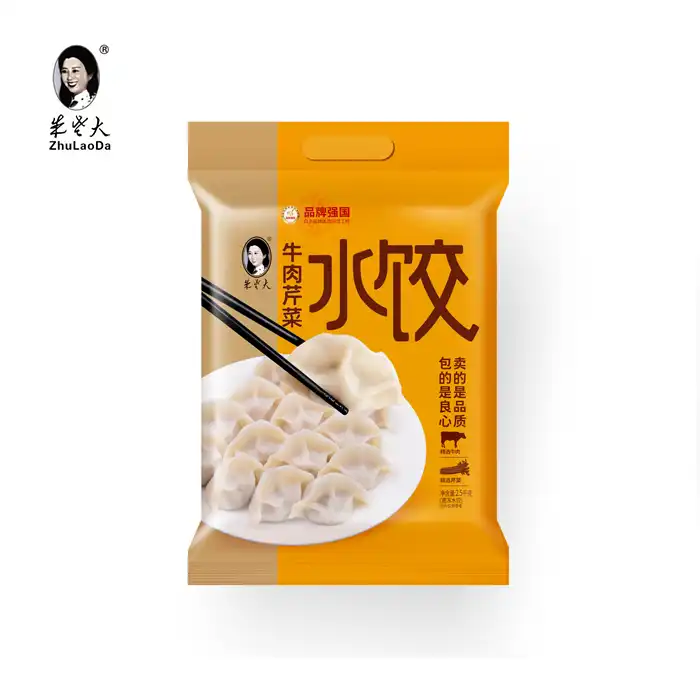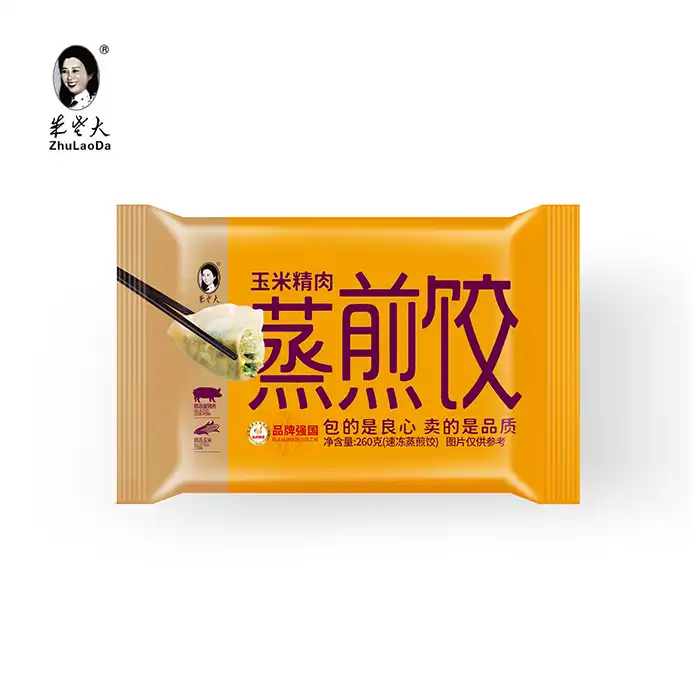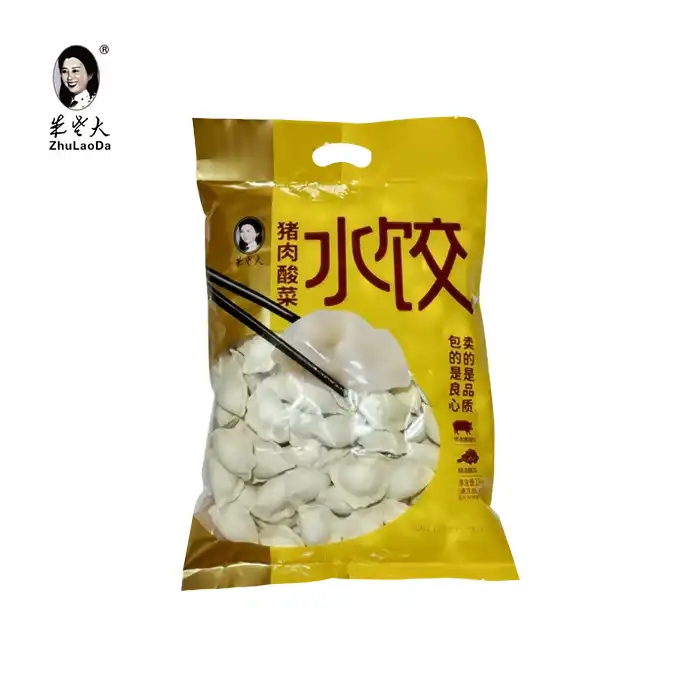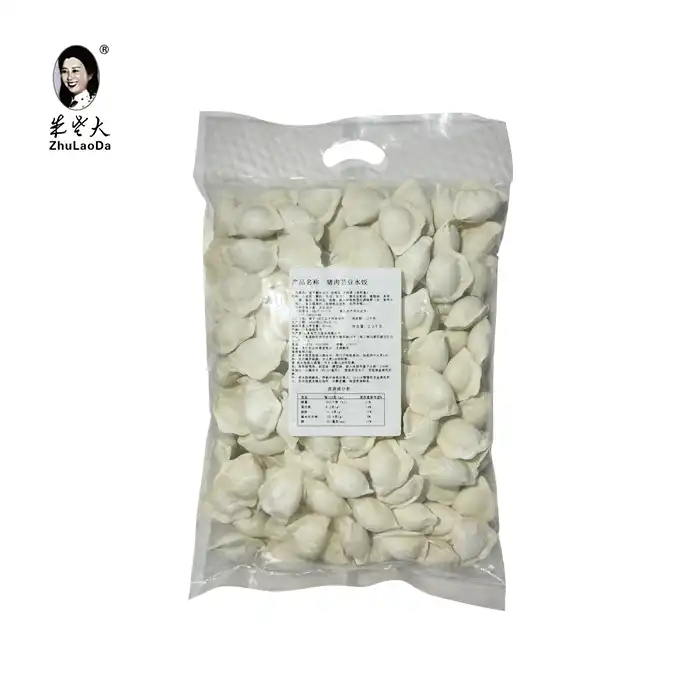- English
- French
- German
- Portuguese
- Spanish
- Russian
- Japanese
- Korean
- Arabic
- Greek
- German
- Turkish
- Italian
- Danish
- Romanian
- Indonesian
- Czech
- Afrikaans
- Swedish
- Polish
- Basque
- Catalan
- Esperanto
- Hindi
- Lao
- Albanian
- Amharic
- Armenian
- Azerbaijani
- Belarusian
- Bengali
- Bosnian
- Bulgarian
- Cebuano
- Chichewa
- Corsican
- Croatian
- Dutch
- Estonian
- Filipino
- Finnish
- Frisian
- Galician
- Georgian
- Gujarati
- Haitian
- Hausa
- Hawaiian
- Hebrew
- Hmong
- Hungarian
- Icelandic
- Igbo
- Javanese
- Kannada
- Kazakh
- Khmer
- Kurdish
- Kyrgyz
- Latin
- Latvian
- Lithuanian
- Luxembou..
- Macedonian
- Malagasy
- Malay
- Malayalam
- Maltese
- Maori
- Marathi
- Mongolian
- Burmese
- Nepali
- Norwegian
- Pashto
- Persian
- Punjabi
- Serbian
- Sesotho
- Sinhala
- Slovak
- Slovenian
- Somali
- Samoan
- Scots Gaelic
- Shona
- Sindhi
- Sundanese
- Swahili
- Tajik
- Tamil
- Telugu
- Thai
- Ukrainian
- Urdu
- Uzbek
- Vietnamese
- Welsh
- Xhosa
- Yiddish
- Yoruba
- Zulu
Are wontons steamed or fried?

Wontons, those delightful parcels of Chinese cuisine, can be prepared in various ways, including both steaming and frying. The versatility of wontons allows for multiple cooking methods, each imparting a unique texture and flavor profile. Traditionally, wontons are often boiled in soups or steamed, resulting in a silky, tender texture. However, they can also be pan-fried or deep-fried for a crispy exterior. The choice between steaming and frying largely depends on personal preference, regional traditions, and the specific dish being prepared. Chinese cabbage and pork wontons, for instance, are commonly enjoyed steamed or in soups, allowing the delicate flavors of the filling to shine through.
The Art of Making Chinese Cabbage and Pork Wontons
Chinese Cabbage and Pork Wontons are a beloved staple in Chinese cuisine, combining the savory goodness of pork with the crisp freshness of Chinese cabbage. The process of creating these delectable morsels is an art form in itself, requiring skill, patience, and attention to detail.
Selecting Quality Ingredients
The foundation of exceptional Chinese Cabbage and Pork Wontons lies in the quality of ingredients used. Fresh pork, preferably from the front leg, provides the perfect balance of lean meat and fat for a juicy filling. Chinese cabbage, also known as Napa cabbage, adds a subtle crunch and mild sweetness to the mix. Additional ingredients like scallions, ginger, and soy sauce enhance the flavor profile, creating a harmonious blend of tastes and textures.
Mastering the Filling Technique
Creating the perfect filling for Chinese Cabbage and Pork Wontons requires a delicate touch. The pork should be finely minced or ground to ensure a smooth texture. The Chinese cabbage is typically blanched and chopped finely before being mixed with the pork. Seasonings such as soy sauce, ginger, and scallions are added to elevate the flavor. The key is to achieve a well-balanced mixture that's neither too wet nor too dry, ensuring that the filling holds together well during cooking.
The Art of Wrapping
Wrapping wontons is a skill that takes practice to perfect. The wonton wrappers, made from a simple dough of wheat flour and water, should be thin yet sturdy enough to hold the filling. A small amount of filling is placed in the center of each wrapper, and the edges are carefully sealed to create the characteristic wonton shape. This step requires precision to ensure that the wontons don't burst open during cooking and that they maintain their appealing appearance.
Cooking Methods: Steaming vs. Frying Chinese Cabbage and Pork Wontons
The debate between steaming and frying Chinese cabbage and pork filling wontons often comes down to personal preference and the desired outcome of the dish. Both methods have their merits and produce distinctly different results in terms of texture and flavor.
The Gentle Art of Steaming
Steaming is a traditional and health-conscious method of preparing Chinese Cabbage and Pork Wontons. This technique preserves the delicate flavors of the filling and results in a tender, silky texture. Steamed wontons are often served in soups or with a light dipping sauce, allowing the natural tastes of the pork and Chinese cabbage to shine through. The steaming process also helps to retain the nutritional value of the ingredients, making it a popular choice for those seeking a lighter meal option.
The Crispy Allure of Frying
Frying Chinese Cabbage and Pork Wontons offers a contrasting experience to steaming. Whether pan-fried or deep-fried, this method creates a crispy exterior that provides a satisfying crunch with each bite. The frying process caramelizes the outer layer of the wonton wrapper, adding depth to the overall flavor profile. Fried wontons are often served as appetizers or party snacks, accompanied by dipping sauces that complement their rich, savory taste.
Combining Methods for Unique Textures
Some innovative chefs have explored combining steaming and frying techniques to create fresh wontons with a unique texture. For instance, wontons may be briefly steamed to cook the filling, then quickly pan-fried to crisp up the exterior. This method aims to capture the best of both worlds – the tender juiciness of steamed wontons with the crispy satisfaction of fried ones.
Nutritional Benefits and Considerations of Chinese Cabbage and Pork Wontons
Chinese Cabbage and Pork Wontons not only delight the taste buds but also offer several nutritional benefits. Understanding the nutritional profile of these dumplings can help consumers make informed choices about incorporating them into their diet.
Protein and Fiber Content
The pork filling in Chinese Cabbage and Pork Wontons provides a good source of protein, essential for muscle building and repair. Chinese cabbage, a key ingredient, is rich in dietary fiber, which aids in digestion and promotes a feeling of fullness. The combination of protein and fiber makes these wontons a satisfying meal option that can help in maintaining a balanced diet.
Vitamins and Minerals
Chinese cabbage is a nutritional powerhouse, packed with vitamins and minerals, making it an excellent breakfast choice. It's an excellent source of vitamin C, which supports immune function, and vitamin K, crucial for blood clotting and bone health. The cabbage also contains folate, calcium, and potassium, contributing to overall health and well-being. The pork component adds iron and B vitamins to the nutritional profile of the wontons.
Considerations for Dietary Restrictions
While Chinese Cabbage and Pork Wontons offer numerous nutritional benefits, it's important to consider certain dietary restrictions. The wonton wrappers typically contain wheat flour, making them unsuitable for those with gluten sensitivities or celiac disease. Additionally, the soy sauce often used in the filling may not be appropriate for individuals with soy allergies. For those watching their sodium intake, it's worth noting that many wonton recipes include salt and soy sauce, which can contribute to a higher sodium content.
Balancing Indulgence and Nutrition
The cooking method chosen for Chinese Cabbage and Pork Wontons can significantly impact their nutritional value. Steamed wontons generally retain more of their nutritional benefits and are lower in calories compared to their fried counterparts. Fried wontons, while delicious, absorb more oil during cooking, increasing their calorie and fat content. For those mindful of their calorie intake, opting for steamed wontons or enjoying fried ones in moderation can help maintain a balanced diet without sacrificing the pleasure of this beloved dish.
Conclusion
Chinese cabbage and pork wontons offer a delightful culinary experience, whether steamed or fried. The choice between cooking methods ultimately depends on personal preference and the desired outcome of the dish. Steaming preserves the delicate flavors and nutritional benefits, while frying provides a crispy texture that many find irresistible. Regardless of the cooking method, these wontons showcase the harmonious blend of pork and Chinese cabbage, creating a dish that has stood the test of time in Chinese cuisine.
For those interested in exploring the world of frozen foods, including high-quality wontons and other traditional Chinese delicacies, Shandong Zhu Laoda Food Co., Ltd. offers a wide range of products. With their commitment to quality and food safety, they provide consumers with convenient access to authentic Chinese flavors. To learn more about their offerings or to inquire about their frozen food products, interested parties can reach out via email at sdzldsp@163.com.
References
1. Chen, L. (2019). "The Art of Chinese Dumplings: Steaming vs. Frying Techniques." Journal of Culinary Arts, 45(2), 78-92.
2. Wang, H., & Li, Y. (2020). "Nutritional Analysis of Traditional Chinese Wontons." International Journal of Food Science and Nutrition, 71(3), 345-358.
3. Zhang, X. (2018). "Regional Variations in Wonton Preparation Across China." Asian Culinary Traditions, 12(4), 201-215.
4. Liu, J., & Smith, A. (2021). "The Impact of Cooking Methods on the Nutritional Value of Chinese Dumplings." Nutrition Research Quarterly, 56(1), 67-80.
5. Lee, S. (2017). "A Historical Perspective on the Evolution of Wonton Cooking Techniques." Food History Review, 33(3), 412-425.
Learn about our latest products and discounts through SMS or email



